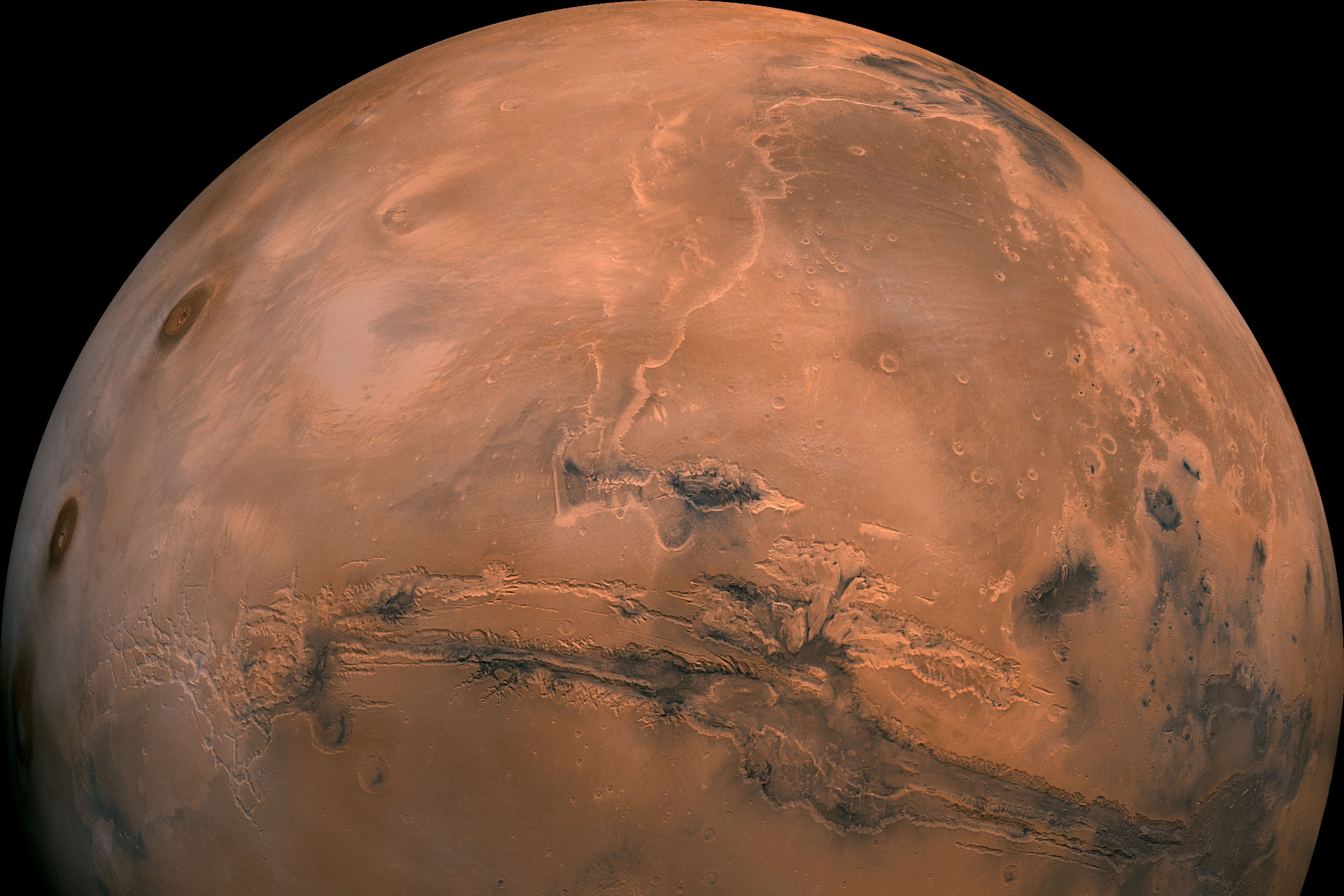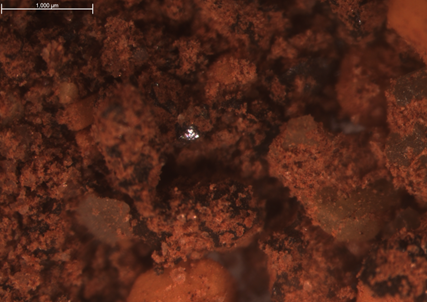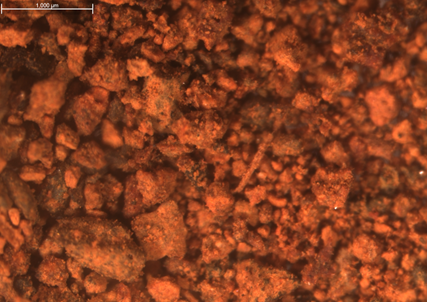A range of simulant materials are used in M-PIP to replicate a variety of target surfaces to varying degrees of accuracy.
Mars and Phobos Impact Processes
Featured story

Featured story

Mars Global Simulant (MGS-1)
MGS-1 provides a basaltic soil mineralogical standard simulant for regions on Mars, having been developed from X-ray diffraction data obtained from the Curiosity rover. MGS-1 aims to replicate the Rocknest dust site sampled from within Gale Crater, thought to be chemically similar to other basaltic regions over the Martian surface. MGS-1 is assumed to represent a global approximation of the Martian soil composition. Sourced and constructed from individual crystalline and amorphous minerals, MGS-1 provides a chemical match, to analysed Martian sites, to within 1%. Sulphur and clay rich versions of the simulant are also available for use from the Exolith Lab.
Featured story

JSC Mars-1
JSC Mars-1 is one of the oldest Martian simulant materials available for use. Sourced from the Pu’u Nene cinder cone in Hawaii, JSC Mars-1 forms a basaltic simulant material, spectroscopically similar to observed bright regions on the Martian surface. JSC Mars-1 is formed primarily from weathered volcanic ash contaminated with weathering products. Mineralogical data for JSC Mars-1 is not available beyond the contribution of calcium-rich feldspar and magnetite.